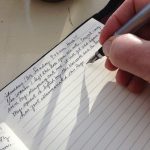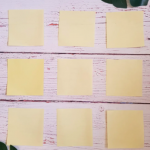I’ve been working on a project for about 3 years now and it’s time to do it! I asked a friend of mine to give me a deadline, so from now until October 1, I’m going to put pen to paper, document key and do it. If you stick around till the end, I’ll show you how to apply this system I designed to more than just writing.
Quick Note: When I say I designed this plan, I mean it’s my personal tips and tricks that I’ve compiled for myself and decided to share with others to hopefully- the, help them. I learned these methods by trial and error. That’s not to say they didn’t exist before, I just didn’t pull them from one place or person.
Schedule overview
I spent my first day creating a schedule. This will no doubt change a little over time. I decided to do it in phases, which are different from the way I used to write. Since I started I’ve been writing this episode 1 at a time, and although I had a general idea of what I want to happen and where I want to end up, but I didn’t really have a plan on how to get there.
Scheduling failed:
Right after I decided to do this, life got in my way, there was an unforeseen circumstance and I was very upset. So now, instead of June, it’s August. I don’t want to push my end date too far, I pushed it back a month, from September to October, but otherwise we’re going to get through this, and do it anyway. Here’s why: I don’t like quitting, I want to make my 14-year-old daughter proud, 3 years is too long. And most importantly, you can always edit later, but you can’t edit what isn’t written.
Phase 1: Pre-writing
In this phase, I will prepare for typing. This is the most important step. Phase 1 is the basis of everything. Pre-writing takes the most time.
Just a little explanation, I call these “phases” instead of “not“because everything has several stages, but all stages fall under a certain category.
The crucial thing here is that this whole step happens in my Story Journal. Which means I physically write this with pen and paper. This is a very useful tip. First of all, when you write something down, it helps you remember it. Second, pre-writing is the bulk of the work, so by the time I type, I’ll be on my second draft.
The first thing I’m going to do is write a basic plot map of everything that will happen from the first episode of the first season to the first episode of the second. I’m not going to write season 2 yet, but I need the Season 1 storyline to fit right in with the new Season 2 storyline. This will be the hardest part for me as I’ve always written freely and skipped super strict outlines.

Once all the basics are written, I will then expand on each major point in an episode, then break that episode down into major points, which will later form into specific scenes and/or lines.
Now I’m going to start sculpting the important scenes and moments into a cohesive chain. At this point, 98% of the writing is complete. What we should have are the scenes, the important details, and then the specific lines that I need my characters to say, and the places and objects that need to be introduced.
Phase 2: Writing
That’s the easy part! Why is this the easiest part?
I’m glad you asked. That’s the easy part because I’ve already done all the work! You would know if you listened sooner

Now that every scene in every episode has been written out in detail in the pre-write phase, I simply log into my scripting program and type in what I’ve written. I’ll be editing as I type, so like I said, I’ll be on my second draft by the time I type my first.
This is also where I’ll add more specific details, special little gems, and occasionally add a visual aid.
Stage 3: Editing
And now we wait. No, seriously, we’re waiting. The less time between writing and editing, the fewer mistakes you will make. So at that point I can go back and watch episodes 1-4 and edit them because I wrote those years and/or months so I can really rip the episode second by second, in m ensuring everything is meeting satisfactorily.
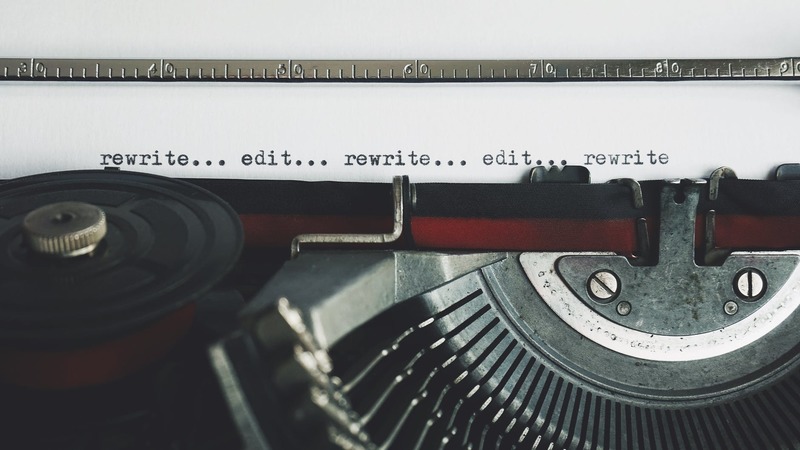
YOU ALWAYS WANT TO FIND SOMETHING WRONG WITH THE DRAFTS!
As silly as that sounds, it’s true. You have to accept the fact that you are human, so nothing you do is perfect. Even when you get to the final draft, you may end up wishing you had changed something, and that’s exactly what you want.
When I look at the first draft of episode one, compared to where we are now, 3 years later, the main structure is still there, but I would have been embarrassed if that first draft had been produced, but from from now on, episode 1 might be out tomorrow and i’d be completely happy with it, although i could probably find something to tweak.
How to apply for other situations
You can apply this three-phase system to anything and everything. Just think about the before, the main goal and the after. Physically writing it down is also helpful, but if you prefer to type it, that’s okay. I recommend writing it down physically as writing improves memory. Although it’s not necessary for everything you use this method with, as you can use it with something as simple as taking out the trash.
Before:
This is the phase where I would recommend writing things down, because the first thing you’ll want to do after you identify your goal is make a list of everything you need to do to accomplish your task. Once you’ve done that, you’re going to want to gather all the things you’ll need to complete your main objective.
Example:
Congratulations, you are moving into your first apartment. You’re excited, but where to start? Well, if you’re following this three-phase method, the first thing to do is make a list of three categories of what you need to do: groundwork, main goal, and review.
In this case, the main objective of = Moving in and settling into your new apartment
From your first list, you will make a more detailed list, starting with your prep work. This list may include; what you need to pack, what transport storage you need, how you will move (e.g. hire movers, rent trucks, ask friends and/or family for help), donate or throw away things you no longer want, etc. .
Then you can make a schedule breaking down what you have between now and moving day. This can include labeling your boxes per piece, packing said boxes, setting up all your ducks in a row.

Now is when you stop thinking and start acting. Eliminate your to-do list. Get your things sorted, packed, organized and at your new place.
Primary objective:
It’s your goal, what you want to do. At this point, you should have all the parts you need to complete the task at hand. One of the advantages of this three-phase system is that when it comes time to achieve your main objective, you hardly have to do anything.
Example:
Now that you’re in your new home, it’s time to accomplish your main goal. In the last step, you have completed the preparation for this step, and now all you have to do is unpack your things.
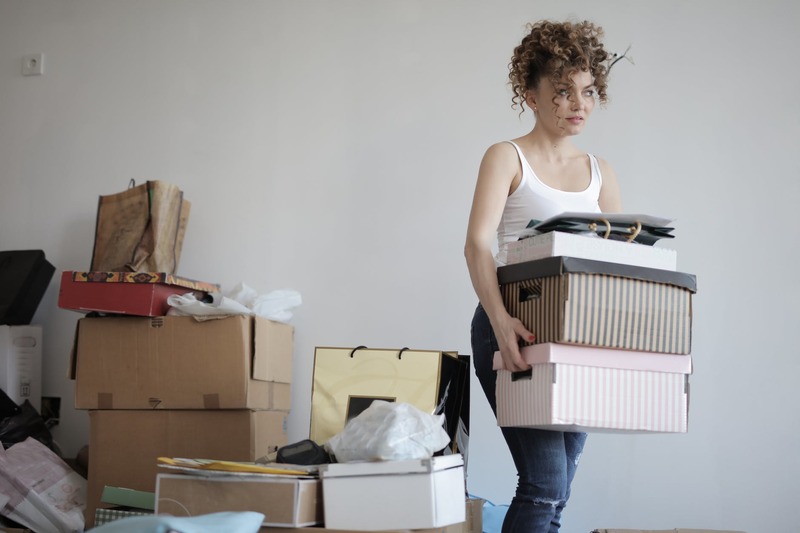
After everything is out of the boxes, and where you want it. Sit back, relax and wait. But first, maybe you should get rid of those boxes properly…
After:
This is where you do the basic checks to make sure everything went smoothly and everything is done, and done right. You need to make sure that your task, whatever it is, has been done to your liking. Even if what you’re doing is for someone else, you should be happy with the result, and if it doesn’t meet your expectations, do some more work to level it up.
Example:
Over time, you may start noticing things about your setup that you don’t like. Maybe you should move that lamp here and that mirror there… why don’t you buy a rug!? Like everything else in life, as you expand and grow, your space will begin to change. You’ll find that some things don’t work as well as they used to, or you may just overshoot something.
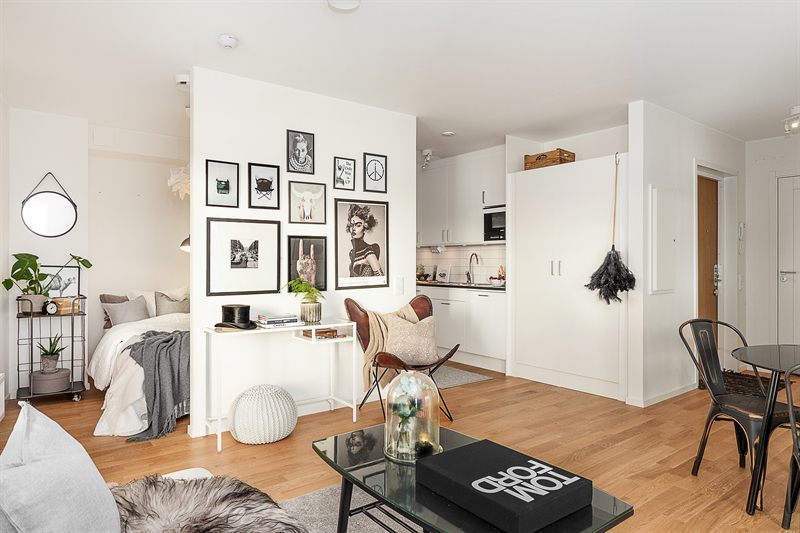
No matter what you want to use this system with, you can always break something down into its 1s; 2; 3. You may not need lists or incredible details, but it’s always helpful to figure out what you’re doing, get to work on the task at hand, and then step back and see how you can improve it.
Follow my writing journey
If you want to see how my writing journey is going, or if I’m going to hold myself accountable to this 3-phase system, I highly suggest you go check out my Instagram where I’ll document my steps. From here :
See this post on InstagramI’m determined to finish Season 1 by October 1st, and Instagram will help keep me accountable!
Once the process is complete, I will post a video on my YouTube channel, which you can find in my profile at that time, if you are interested in this trip.


